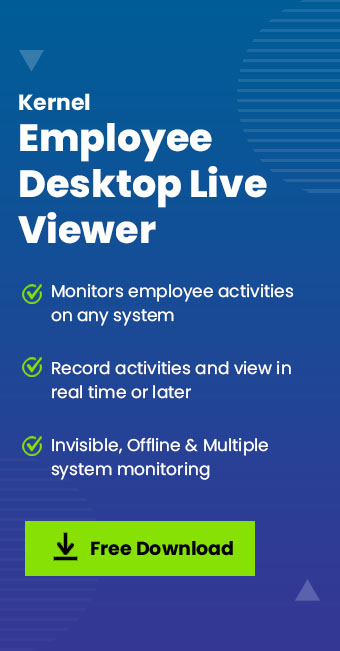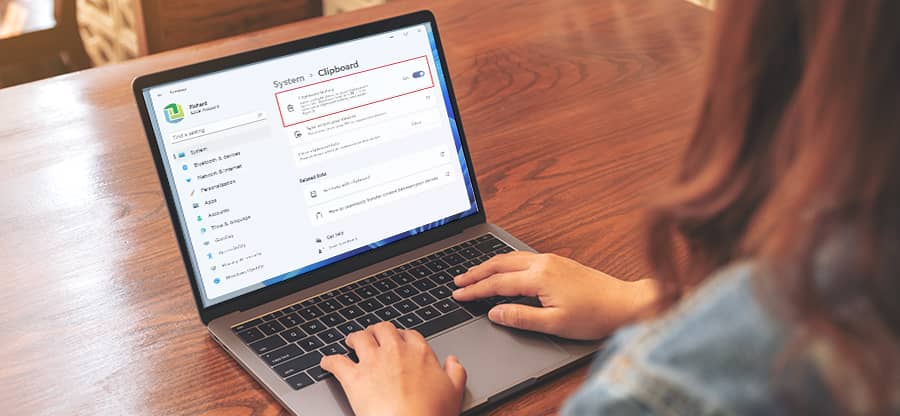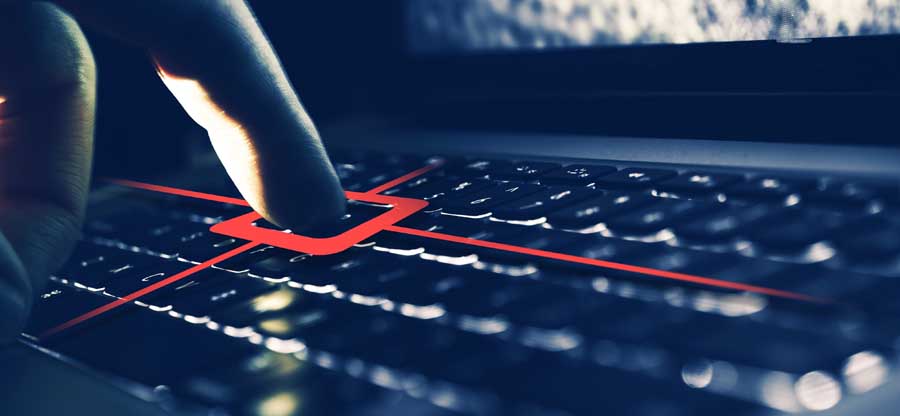Read time: 3 minutes
The pandemic has entrenched remote work as the new norm, making it challenging to monitor work-from-home employees. Screen monitoring has emerged as a vital tool for overseeing remote work, encompassing tracking website usage, break times, system activity, and work hours. This software empowers managers to capture screenshots of employees’ systems, ensuring accountability and productivity.
A majority of companies with remote employees are embracing screen monitoring software to enhance work quality. This tool boosts productivity by ensuring employees remain engaged and focused during work hours, ultimately leading to more effective output.
How does screen monitoring works?
Screen Monitoring is a software utilized by companies to capture periodic screenshots of their employees’ home office systems.
Here are the steps to follow when using this software:
- Invite the team for the software
Initiate by inviting employees to grant access to their screens. Monitoring can commence only after employees accept the invitation. - Ask the employee to run the application
Subsequently, employees should install the application on their desktop to enable the manager to track progress through screenshots. Once installed, employees grant admin access, and the application will automatically capture screenshots at defined intervals. - It provides live tracking
The software consistently uploads screenshots of employees’ systems to the web, allowing for real-time analysis of their activities during working hours. Managers can conveniently view progress reports directly on the web, eliminating the need for separate installations. - All reports are accessible
All captured data is securely stored on the web, providing employers with anytime access to reports. In addition to tracking progress, this tool enables employers to devise strategies for enhancing employee productivity effectively.
Types of screenshot monitoring
There are two types of screenshot monitoring methods used to track employees’ regular work.
- Manual Screenshot
Manual Screenshot Monitoring entails the employer setting specific times for capturing screenshots of selected employees’ systems. While effective for targeting specific individuals or in cases of suspected fraudulent activity, this method has limitations. - Automatic Screenshot
Automatic Screenshot Monitoring involves the system capturing screenshots of designated employees, simplifying the process without requiring significant managerial time or effort. This efficient approach saves valuable time and labor, allowing for more strategic planning. Moreover, it ensures that no specific employee is singled out. Additionally, it facilitates the easy track the user internet and browser activity directly from your own computer system.
The manual process is time-consuming and can be perceived as unfair to employees. It may introduce biases and potentially hinder overall efficiency among the workforce.
Benefits of screenshot monitoring
- Efficient Productivity
When employees know their activities are being monitored, they become more diligent and work with heightened effectiveness. This leads to a natural increase in productivity. - Remote work assessment
Utilizing screenshot monitoring fosters a stronger connection with remote employees. It enables employers to gain a clearer visualization and maintain an accurate record of daily activities.
After thorough discussions and consideration of the screenshot monitoring process, a critical question arises: Is Screenshot Monitoring legal? Yes, Screenshot Monitoring is legal, provided it is conducted in a manner that respects employee privacy and adheres to relevant regulations.
Kernel employee desktop live viewer
One such professional tool that keeps track of all the employee activities is Kernel Employee Monitoring. This tool can easily monitor unlimited number of computers simultaneously. It takes automatic screenshots of the system at regular time intervals.
Conclusion
Screenshot Monitoring is a crucial practice for ensuring the efficient utilization of company resources. However, employers should exercise caution, respecting employees’ personal freedom. This Employee Monitoring professional tool designed with the interests of both employers and employees in mind.







